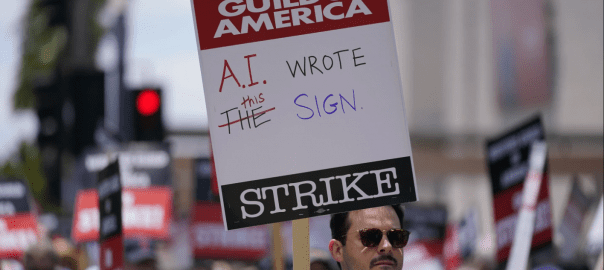The WGA deal is significant because it is the first major Hollywood contract to address the issue of AI-generated content. The deal includes provisions that ensure that writers are compensated for their work when it is used to train AI models, and that they have a say in how their work is used in AI-generated content.
Anil Kapoor’s lawsuit against an AI company that used his digital likeness without his permission is also a landmark case. The court ruled in Kapoor’s favor, finding that individuals have a right to control their own digital likenesses. This ruling sets a precedent that could help to protect other creative professionals from the misuse of their work by AI companies.
These victories show that the creative industry is becoming more aware of the potential challenges and opportunities posed by AI. They also show that there is a growing recognition of the need for collaboration between the creative industry and the AI industry in order to create a future where both can thrive.
Here are some specific examples of how creative-AI compatibility can be achieved:
- AI can be used to help creative professionals with tasks such as research, brainstorming, and editing.
- AI can be used to create new and innovative forms of creative content, such as interactive stories and personalized music experiences.
- AI can be used to help distribute and market creative content to a wider audience.
However, it is important to note that there are also some challenges that need to be addressed in order to achieve creative-AI compatibility. For example, it is important to ensure that AI is used in a way that respects the rights of creative professionals and that does not displace human workers. It is also important to develop ethical guidelines for the use of AI in the creative industry.
Overall, the recent victories of the WGA and Anil Kapoor are positive signs for the future of creative-AI compatibility. These victories show that the creative industry is becoming more aware of the potential challenges and opportunities posed by AI, and that there is a growing recognition of the need for collaboration between the creative industry and the AI industry.

